When disengaging the autopilot the function providing a smooth 'hand over' is ? [ Mandatory landing ]
Question 67-1 : Automatic pitch trim function automatic synchronisation function mach trim function automatic cws control wheel steering function
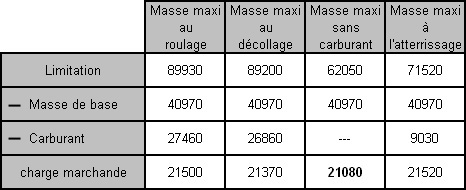 Automatic pitch trim function.
Automatic pitch trim function. During an autocoupled ils approach followed by an automatic landing the ?
Question 67-2 : Radio altitude barometric altitude with the altimeter set to the qfe barometric altitude with the altimeter set to the qnh barometric altitude with the altimeter set to the 1013 25
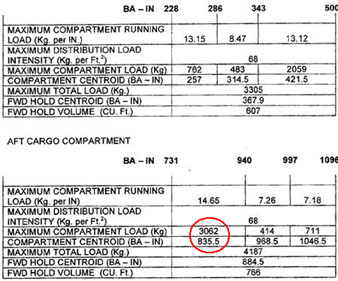 Radio altitude.
Radio altitude. The computer of the autopilot system uses among others the following parameters ?
Question 67-3 : Cas altitude vertical speed heading attitude cas altitude temperature inertial position attitude altitude vertical speed heading attitude gps position altitude heading temperature fuel flow attitude
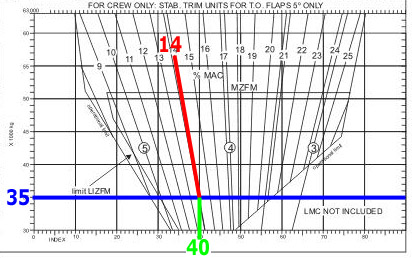 Cas, altitude, vertical speed, heading, attitude.
Cas, altitude, vertical speed, heading, attitude. The flight director computer continuously ?
Question 67-4 : Compares the current attitude with the computed attitude compares the computed attitude with the egpws signals compares the computed attitude with the acas signals computes the required attitude for the autopilot synchronization
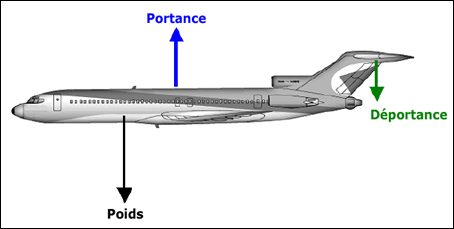 Compares the current attitude with the computed attitude.
Compares the current attitude with the computed attitude. In the event of a failure a fail operational flight control system will operate ?
Question 67-5 : Fail passive system fail safe system fail operational hybrid system fail redundant system
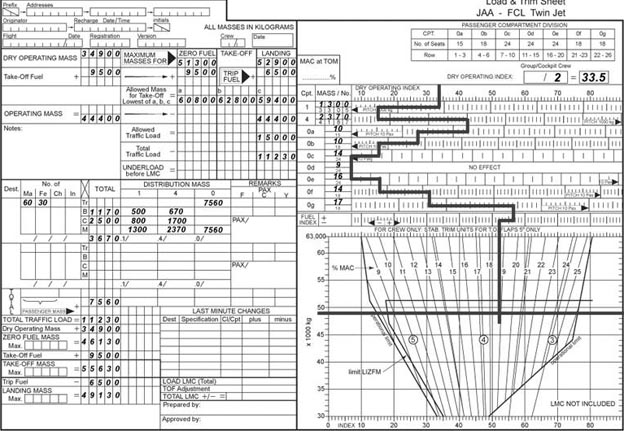 Fail-passive system.
Fail-passive system. When engaged in the pitch hold mode the autopilot uses data issued by the ?
Question 67-6 : Attitude reference system flight management computer fmc adc inertial vertical speed indicator
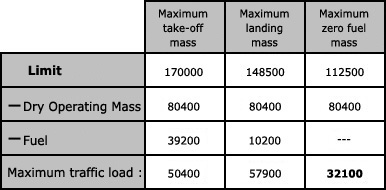 Attitude reference system.
Attitude reference system. During a final approach the flight director is engaged in the loc mode holding ?
Question 67-7 : Must be rolled to the left is left of the loc axis must be rolled to the right is right of the loc axis
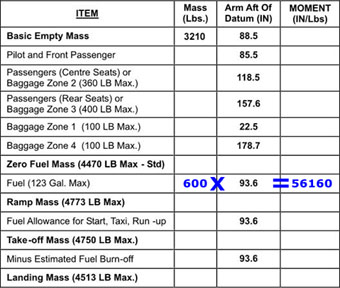 Must be rolled to the left.
Must be rolled to the left. In an autopilot system the basic stabilisation modes are .1 pitch attitude ?
Question 67-8 : 1 and 3 1 2 3 and 4 1 2 and 3 1 and 4
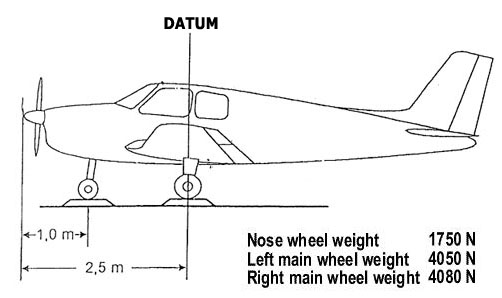 1 and 3.
1 and 3. Concerning a fail operational flight control system in the event of a failure ?
Question 67-9 : 1 3 1 2 2 3 3
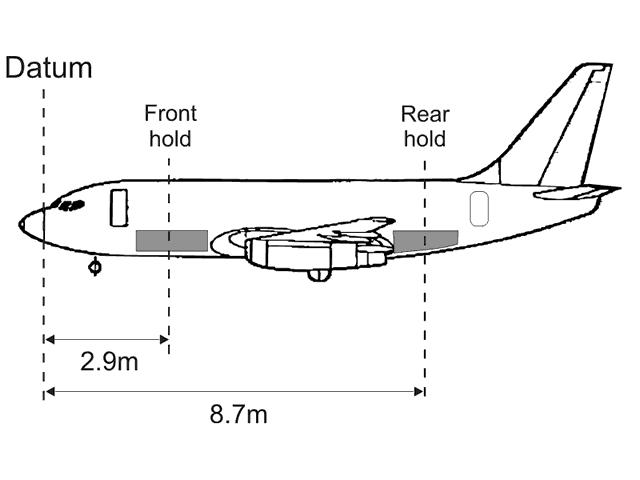 1, 3.
1, 3. The position of the command bars of a flight director enables the pilot to know ?
Question 67-10 : The direction and the amplitude of the corrections to apply on the controls only the direction of the corrections to apply on the controls the position of the aircraft the attitude of the aircraft
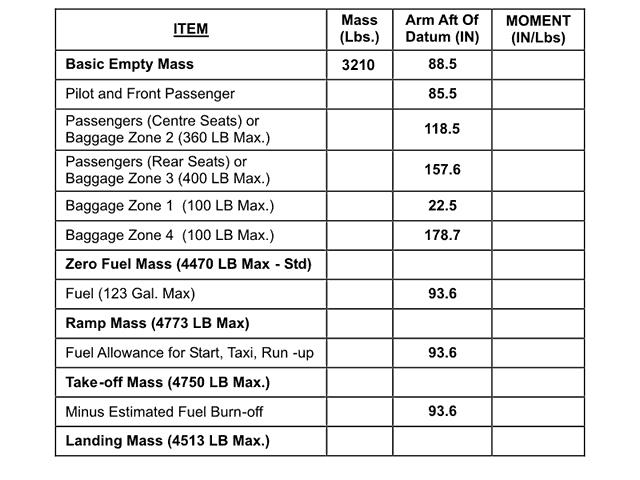 The direction and the amplitude of the corrections to apply on the controls.
The direction and the amplitude of the corrections to apply on the controls. The components of an autopilot system are the .1 actuators.2 mode control ?
Question 67-11 : 1 2 4 1 2 3 4 1 2 3 3 4
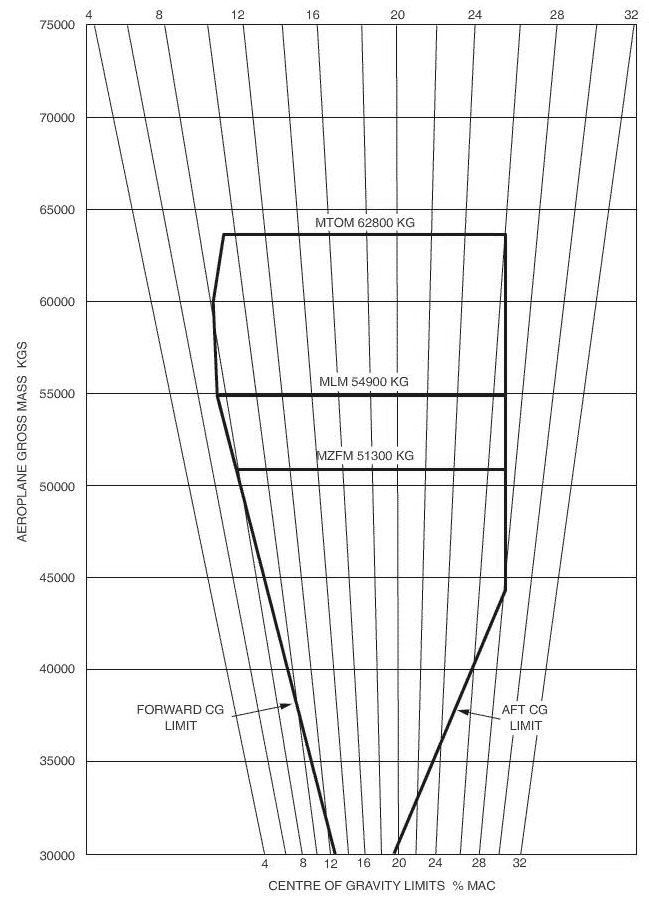 1, 2, 4.
1, 2, 4. The computer of the autopilot system uses among others input signals from the ?
Question 67-12 : 1 3 4 1 2 3 4 1 4 2 3
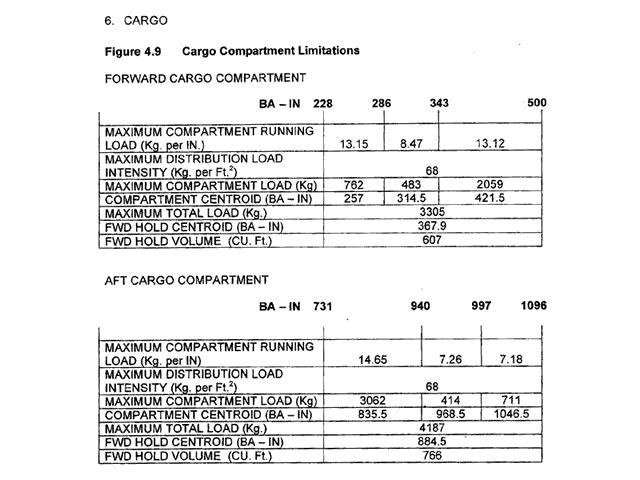 1, 3, 4.
1, 3, 4. The flight director command bars provide the pilot with corrections to apply to ?
Question 67-13 : Pitch and/or roll attitude pitch attitude only roll attitude only pitch and/or roll attitude and yaw
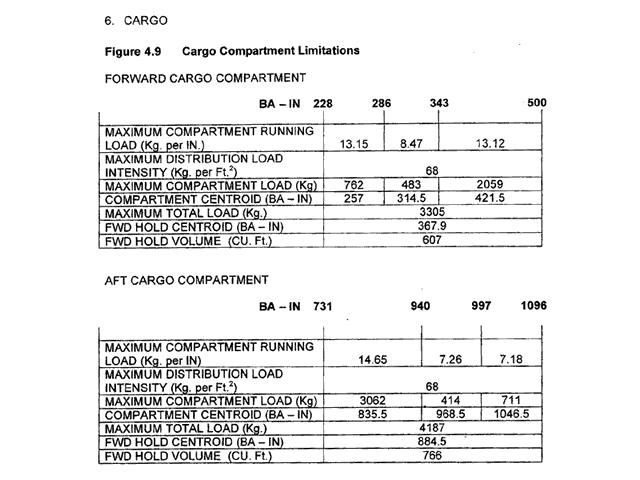 Pitch and/or roll attitude.
Pitch and/or roll attitude. In an autopilot system the functions consisting in controlling the path of the ?
Question 67-14 : Guidance functions stability functions attitude functions inner loop functions
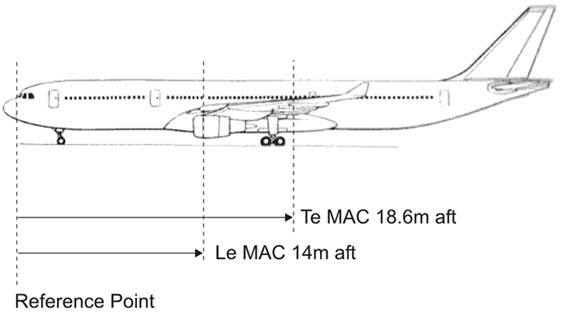 Guidance functions.
Guidance functions. In an autopilot system the function consisting in controlling the movements ?
Question 67-15 : Inner loop systems synchronization system flight management system fms outer loop systems
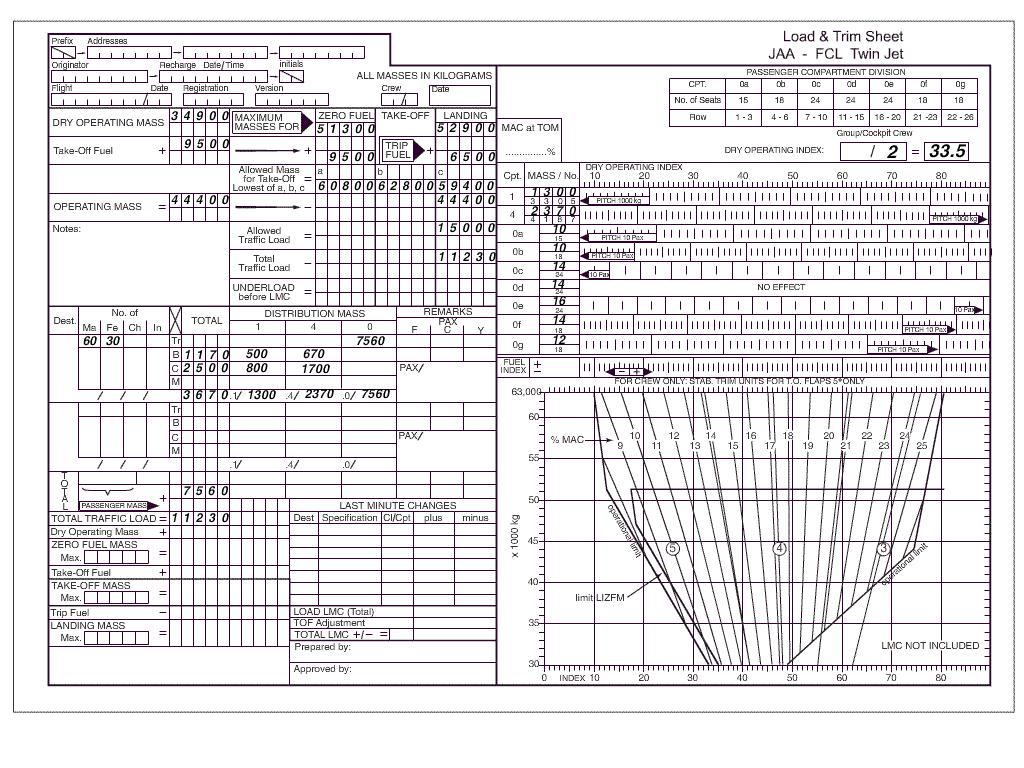 Inner loop systems.
Inner loop systems. A flight control system is fail operational if in the event of a failure ?
Question 67-16 : The approach flare and landing can be completed automatically the approach only can be completed automatically the landing is not completed automatically there is no significant out of trim condition or deviation of flight path or attitude but the landing is not completed automatically
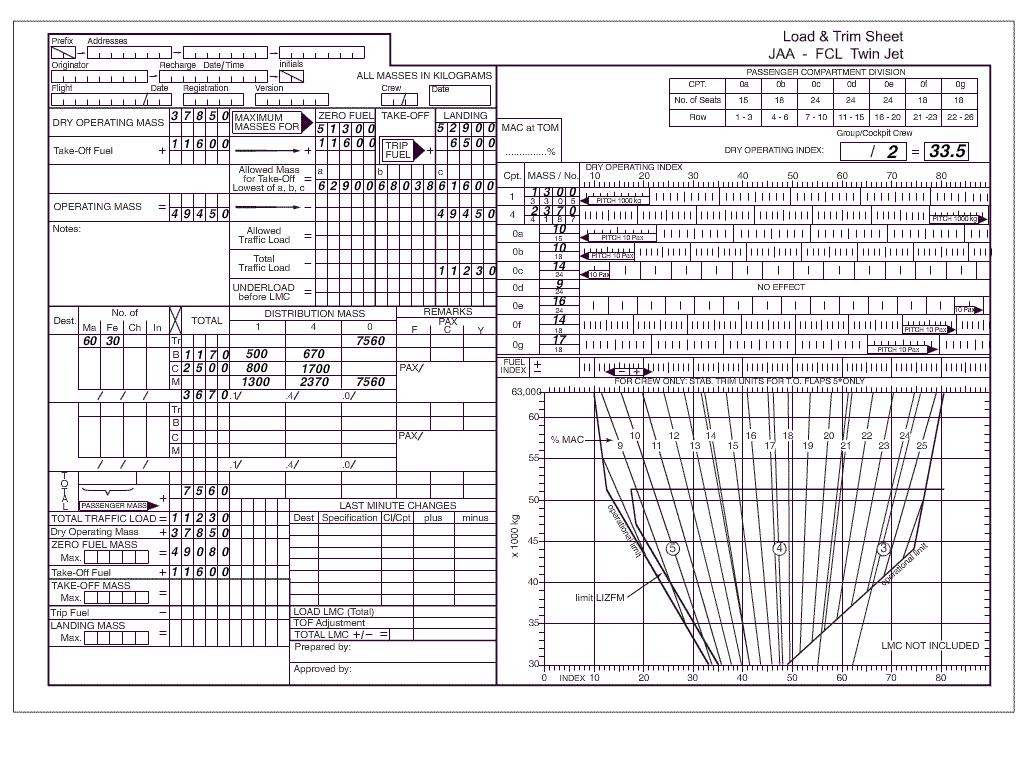 The approach, flare and landing can be completed automatically.
The approach, flare and landing can be completed automatically. In an autopilot system ?
Question 67-17 : The inner loops provide the stability functions and the outer loops provide the guidance functions the outer loops provide the stability functions and the inner loops provide the guidance functions the outer loops provide the stability and the guidance functions the outer loops provide the stability functions only
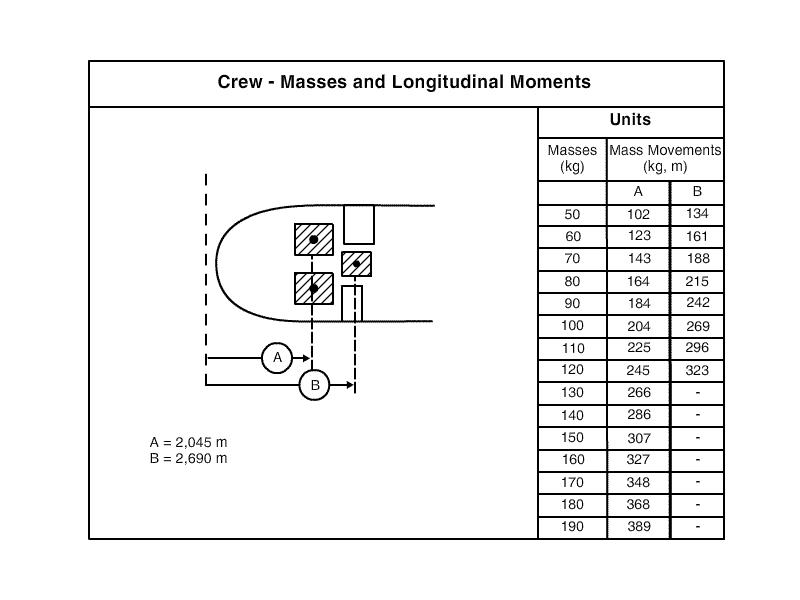 The inner loops provide the stability functions and the outer loops provide the guidance functions.
The inner loops provide the stability functions and the outer loops provide the guidance functions. During a final approach the flight director is engaged in the g/s mode holding ?
Question 67-18 : The pitch attitude must be increased the pitch attitude must be reduced the aircraft is above the glide slope the aircraft is below the glide slope
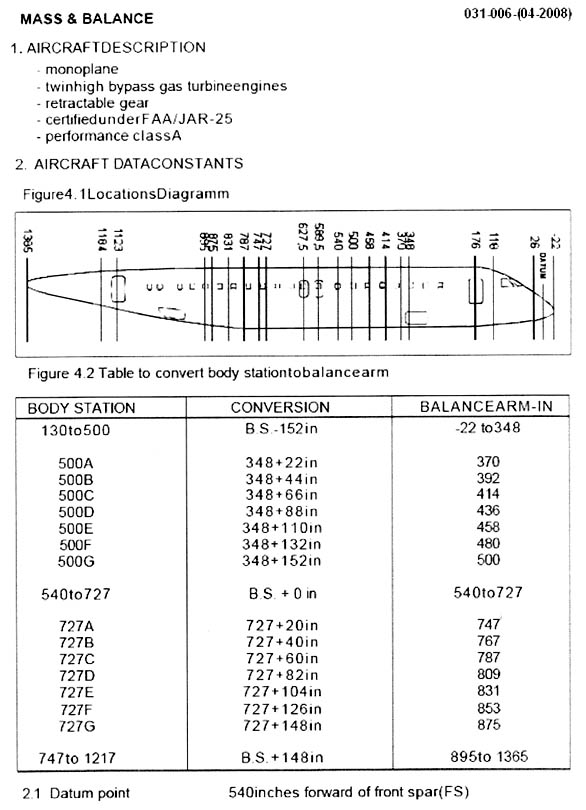 The pitch attitude must be increased.
The pitch attitude must be increased. In order to know in which mode the auto throttles are engaged the crew will ?
Question 67-19 : 4 2 4 1 3 3
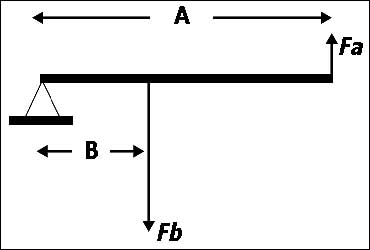 4.
4. On a flight mode annunciator fma the pilot can monitor .1 the engaged and ?
Question 67-20 : 1 2 1 2 3 2 3 1 3
When performing an automatic landing some additional operational limitations ?
Question 67-21 : 1 1 2 2 3 1 2 3
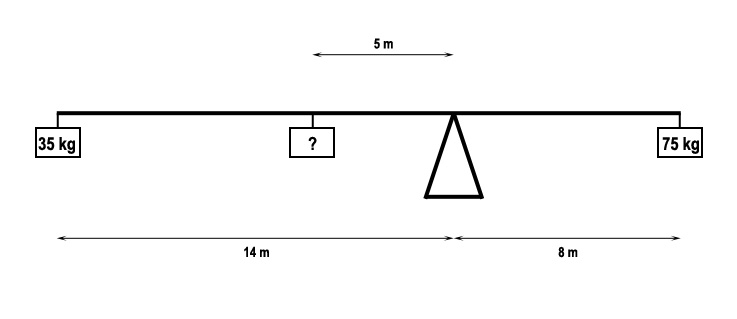 1.
1. Autopilot engagement status can be checked on the ?
Question 67-22 : Fma control panel and the flight mode annunciator/indicator control panel mcdu
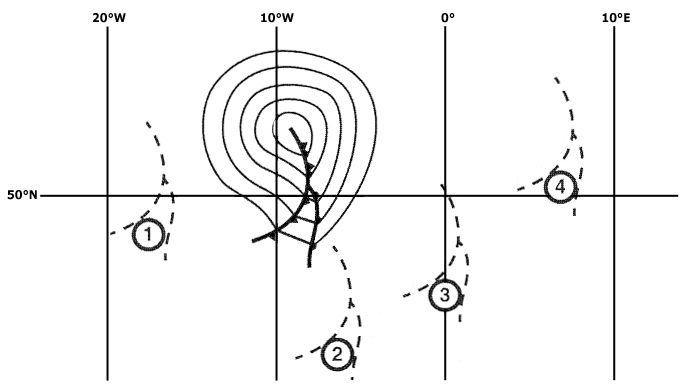 Fma.
Fma. According to cs25 the definition of the control wheel steering mode cws is ?
Question 67-23 : Automatic pilot by movement of the normal control wheel' flight director by movement of the alternate control wheel' automatic pilot by movement of the alternate control wheel' flight director by movement of the normal control wheel'
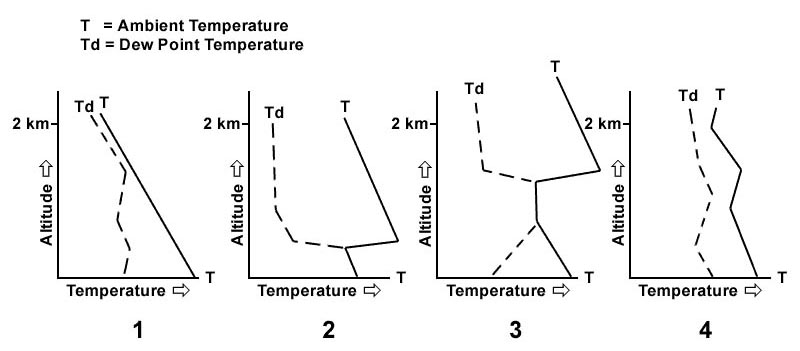 ... automatic pilot by movement of the normal control wheel'.
... automatic pilot by movement of the normal control wheel'. On a flight mode annunciator fma the pilot can check .1 the flight director ?
Question 67-24 : 1 3 1 2 3 1 2
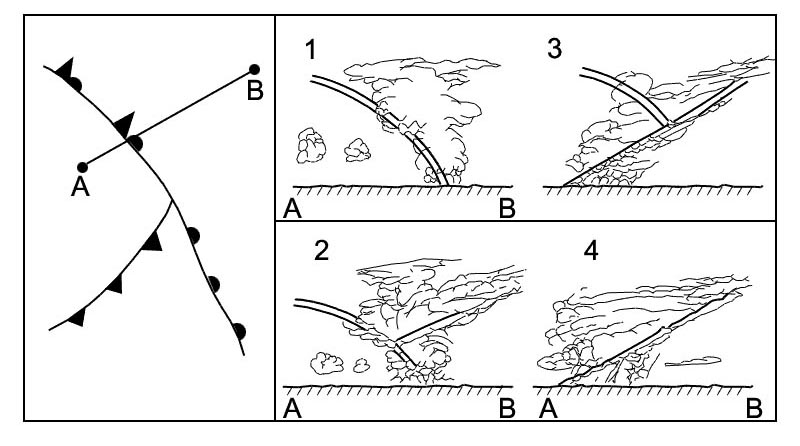 1, 3.
1, 3. The purpose of the flight mode annunciator fma is to ?
Question 67-25 : Check and confirm in which modes the automatic flight control systems are armed and/or engaged visually announce any acas alarm visually announce any egpws alarm check and confirm the aeroplane configuration
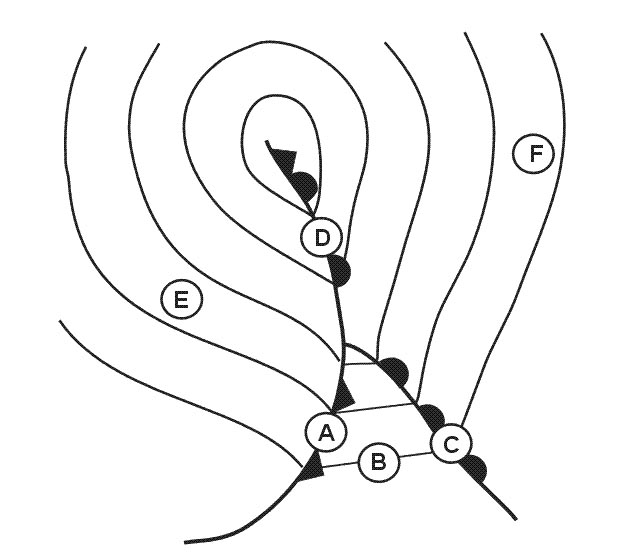 Check and confirm in which modes the automatic flight control systems are armed and/or engaged.
Check and confirm in which modes the automatic flight control systems are armed and/or engaged. The flight mode annunciator fma is displayed on the ?
Question 67-26 : Pfd nd mcdu control panel
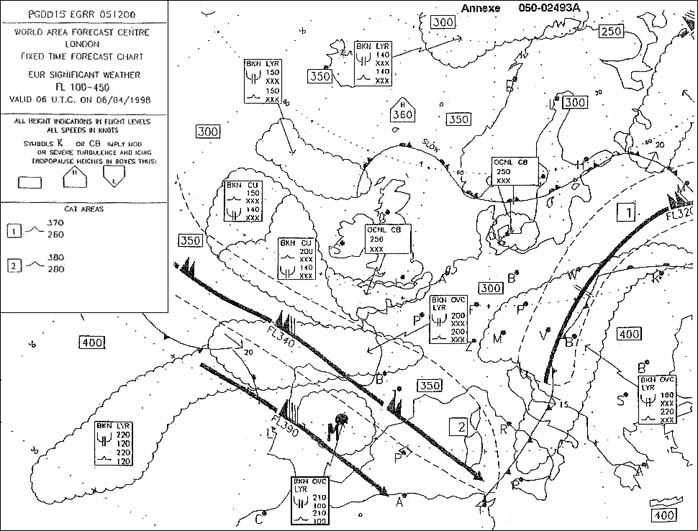 Pfd.
Pfd. The purpose of an automatic landing system is to ?
Question 67-27 : Make the landing possible in poor weather conditions permit the pilot to fly and land the aircraft in poor weather conditions avoid go around decide if the landing is possible or not
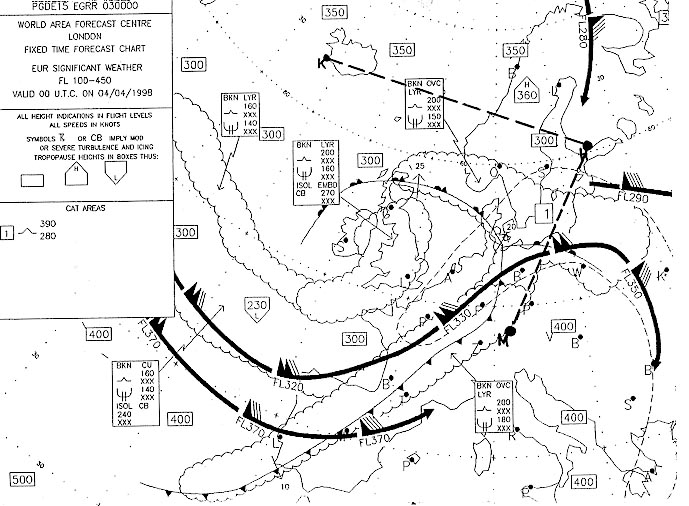 Make the landing possible in poor weather conditions.
Make the landing possible in poor weather conditions. Following an automatic landing with the roll out mode engaged the autopilot ?
Question 67-28 : Controls the rudder and nose wheel steering to keep the aeroplane on the localiser centreline allows the pilot to control the rudder and nose wheel steering to keep the aeroplane on the localiser centreline controls the rudder to keep the aeroplane on the localiser centreline controls the nose wheel steering to keep the aeroplane on the localiser centreline
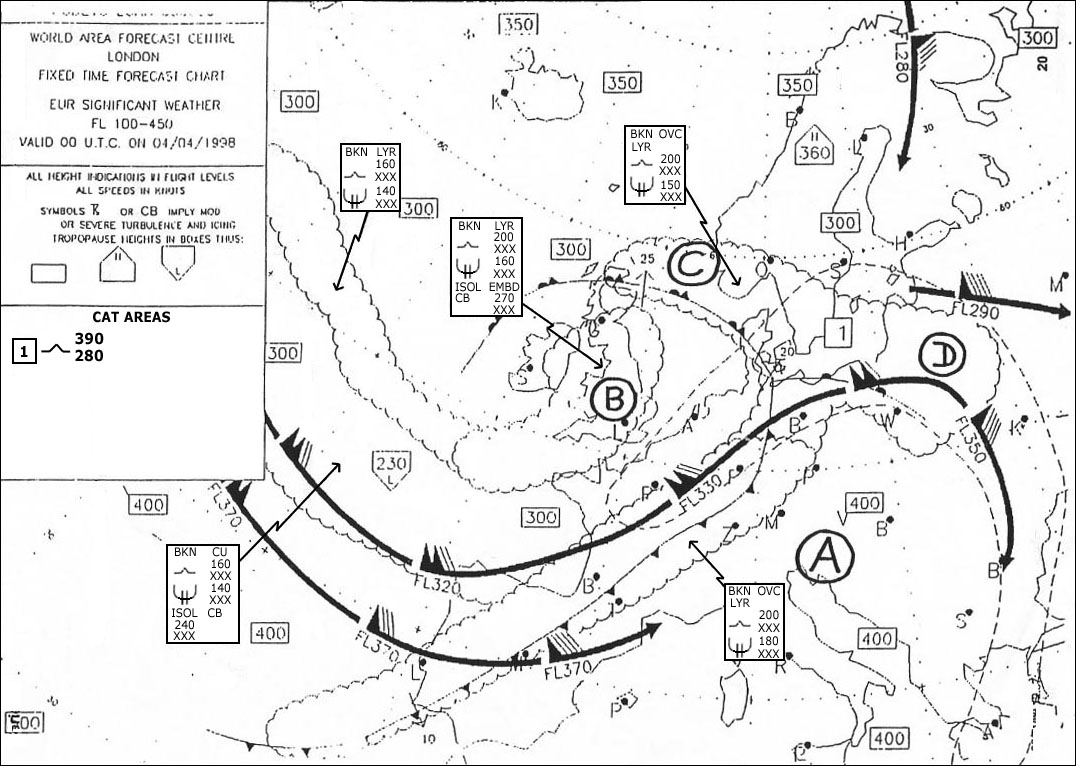 Controls the rudder and nose wheel steering to keep the aeroplane on the localiser centreline.
Controls the rudder and nose wheel steering to keep the aeroplane on the localiser centreline. Fans a units utilize the following for data transmissions ?
Question 67-29 : Satellite based acars systems vhf data link systems fixed dedicated ground stations navstar/gps satellites
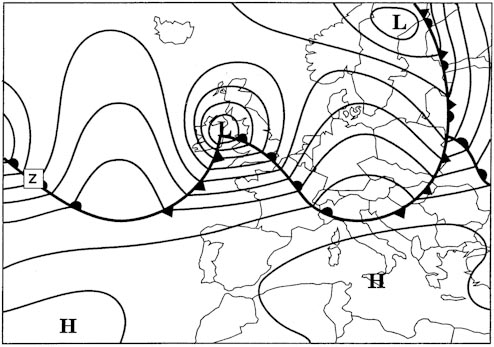 Satellite-based acars systems.
Satellite-based acars systems. The 'fans concept' is ?
Question 67-30 : Different systems to improve the handling and transfer of information extend surveillance and improve navigational accuracy a system that replaces voice communications with atc an upgraded rnav approach system different systems to replace satellite navigation systems
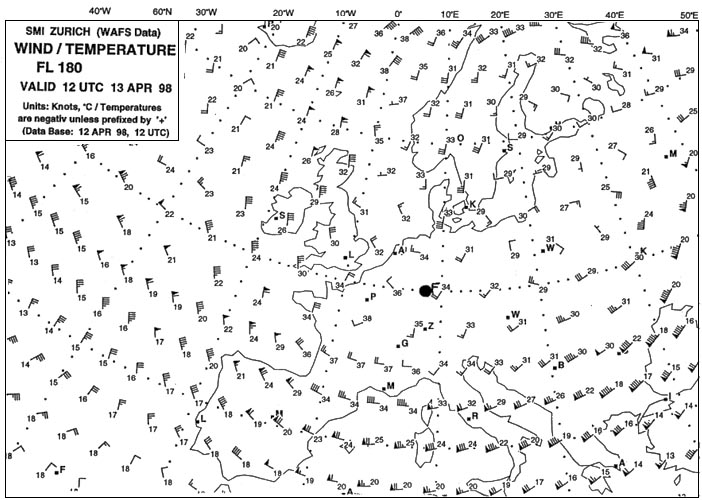 Different systems to improve the handling and transfer of information, extend surveillance and improve navigational accuracy.
Different systems to improve the handling and transfer of information, extend surveillance and improve navigational accuracy. Which one of the following statements is true with regard to the operation of a ?
Question 67-31 : It only operates above a pre determined mach number it operates to counteract the larger than normal forward movements of the wing centre of pressure at high subsonic airspeeds it only operates when the autopilot is engaged it operates over the full aircraft speed range
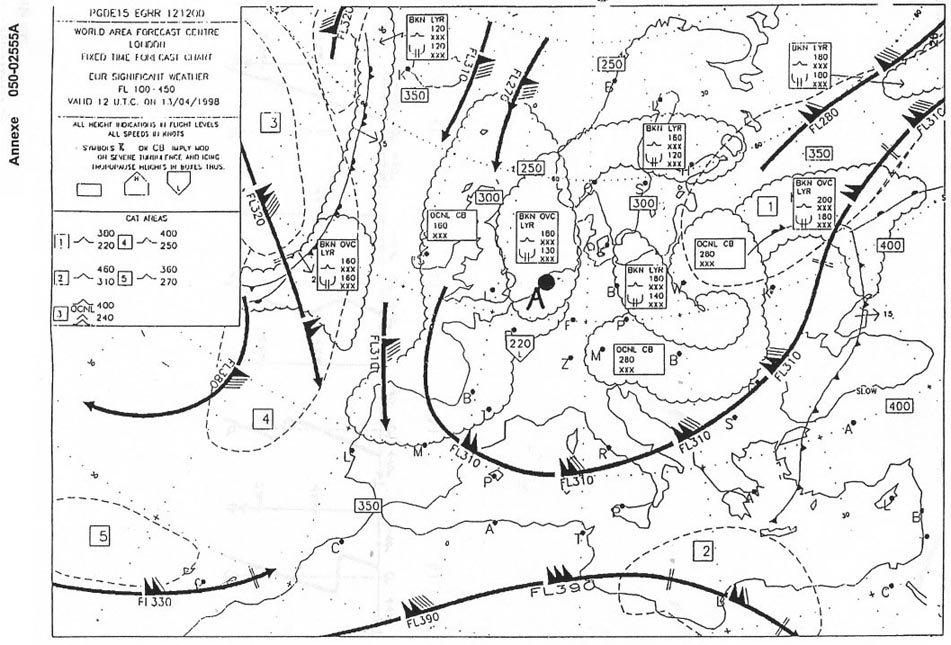 It only operates above a pre-determined mach number.
It only operates above a pre-determined mach number. The purpose of 'auto trim' function in autopilot is to ?
Question 67-32 : Control elevator trim tab in order to relieve elevator load help auto pilot compensate for crosswind influence tell the pilot when elevator trimming is required trim throttles to obtain smooth engine power variation
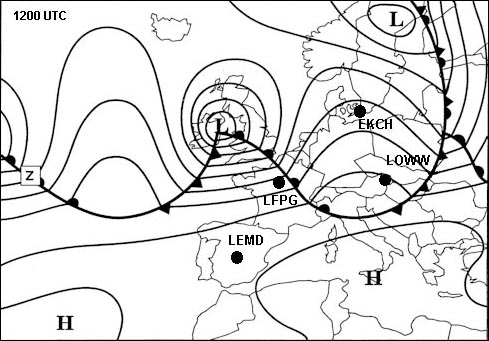 Control elevator trim tab in order to relieve elevator load
Control elevator trim tab in order to relieve elevator load Mach trim is a device to compensate for ?
Question 67-33 : The backward movement of the aerodynamic centre at high mach numbers by moving the elevator to nose up the effects of fuel transfer between the main tanks and the tank located in the horizontal tail the effects of temperature variation during a climb or descent at constant mach weight reduction resulting from fuel consumption during the cruise
 The backward movement of the aerodynamic centre at high mach numbers by moving the elevator to nose-up.
The backward movement of the aerodynamic centre at high mach numbers by moving the elevator to nose-up. The purpose of an aeroplane automatic trim system is to trim out the hinge ?
Question 67-34 : Elevator s rudder s elevator s and rudder s elevator s rudder s and ailerons
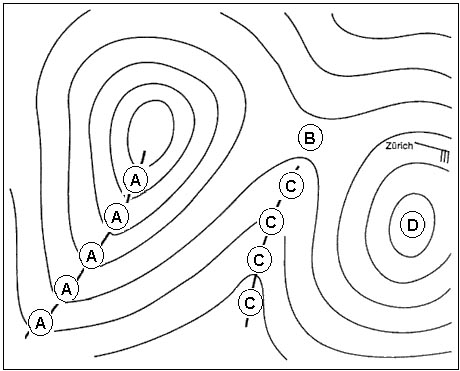 Elevator(s).
Elevator(s). The automatic trim is a component of the autopilot pitch channel its function ?
Question 67-35 : Transfer a stabilized aeroplane to the pilot during autopilot disengagement reset the attitude after engaging the autopilot set the attitude to an instantaneous value before engaging the autopilot automatically disengage the autopilot in the case of an excessive pitch up
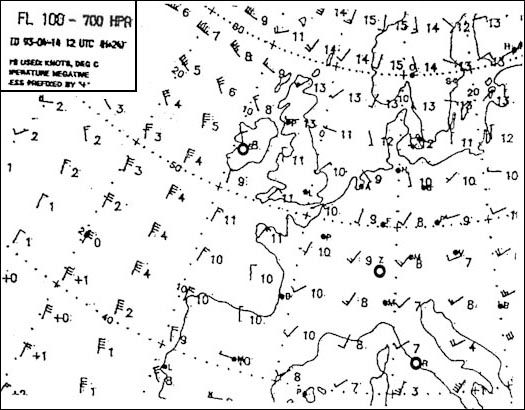 Transfer a stabilized aeroplane to the pilot during autopilot disengagement.
Transfer a stabilized aeroplane to the pilot during autopilot disengagement. When the autopilot is engaged the role of the automatic trim is to ?
Question 67-36 : Relieve the a p servo motor and return the aircraft in trim at a p disconnect block the elevator and pilot the aircraft only via the trim tab actuator or the horizontal stabiliser react to altitude changes in altitude hold mode synchronize the longitudinal loop
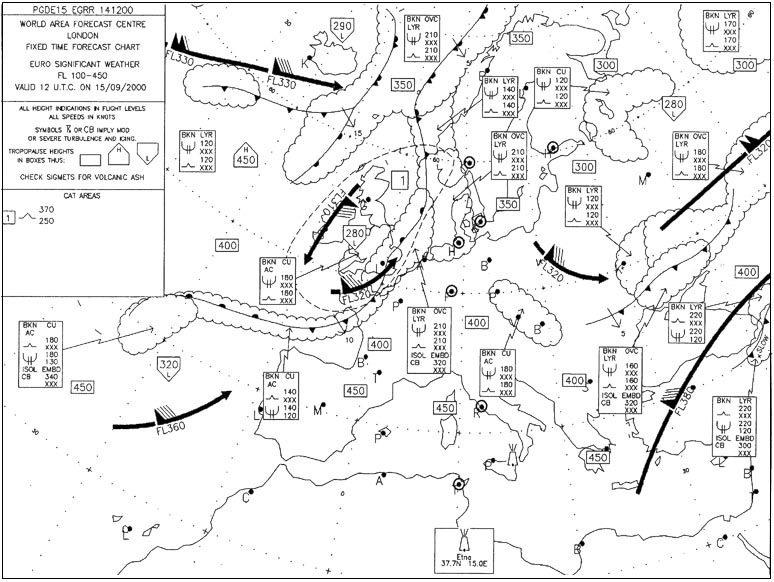 Relieve the a.p. servo motor and return the aircraft in-trim at a.p. disconnect
Relieve the a.p. servo motor and return the aircraft in-trim at a.p. disconnect The automatic pitch trim .1 ensures the aeroplane is properly trimmed when the ?
Question 67-37 : 2 3 1 3 1 2 3 1 2
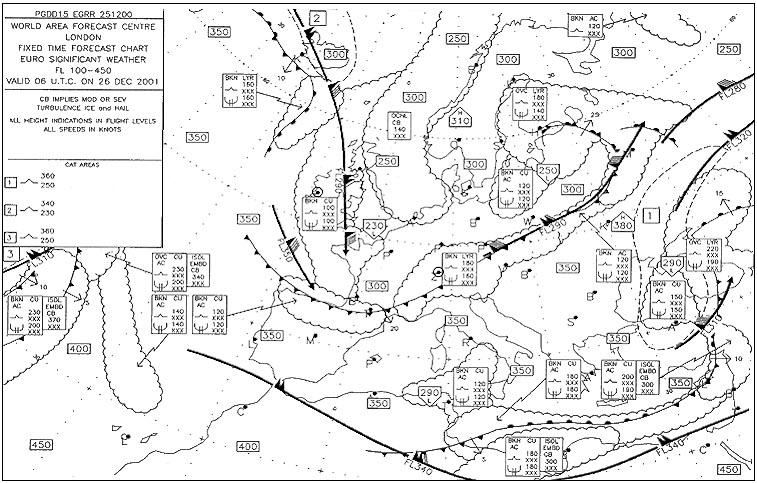 2, 3.
2, 3. The yaw damper system controls ?
Question 67-38 : The rudder with the angular rate about the yaw axis as the input signal the ailerons with mach number as the input signal the rudder with mach number as the input signal the ailerons with the angular rate about the yaw axis as the input signal
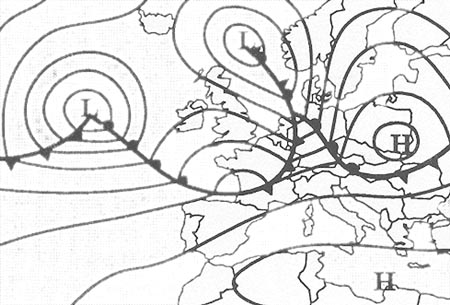 The rudder, with the angular rate about the yaw axis as the input signal.
The rudder, with the angular rate about the yaw axis as the input signal. The yaw damper system .1 counters any wrong pilot action on the rudder ?
Question 67-39 : 2 1 2 3 1 2 2 3
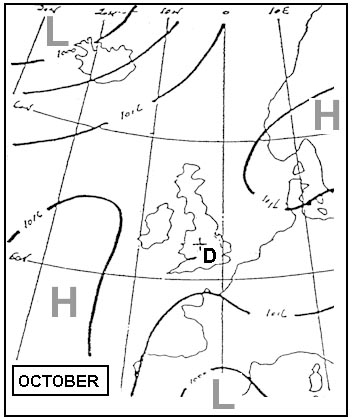 2.
2. When available the yaw damper indicator supplies the pilot with information ?
Question 67-40 : Yaw damper action on the rudder rudder displacement by the rudder pedals yaw damper action only on the ground rudder position
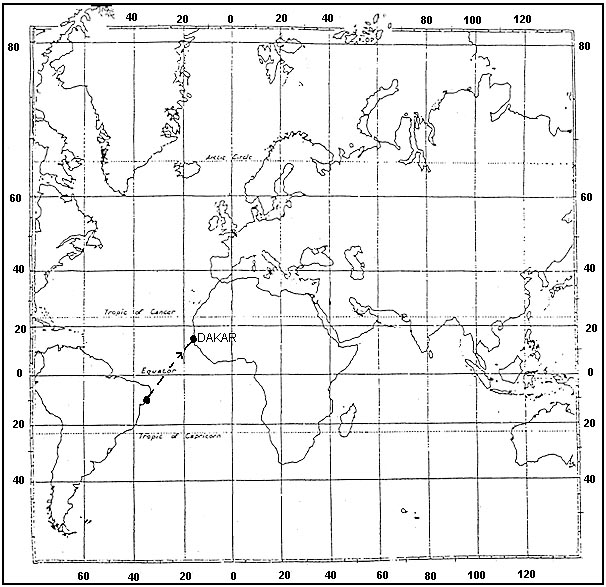 Yaw damper action on the rudder.
Yaw damper action on the rudder. ~
Exclusive rights reserved. Reproduction prohibited under penalty of prosecution.
2639 Free Training Exam
